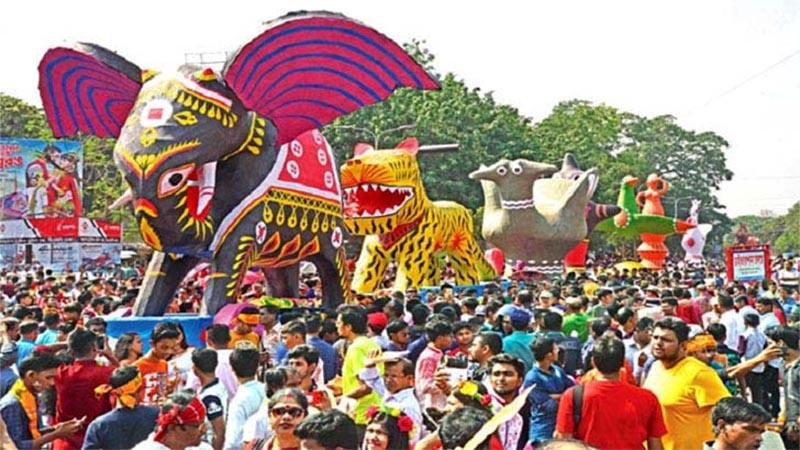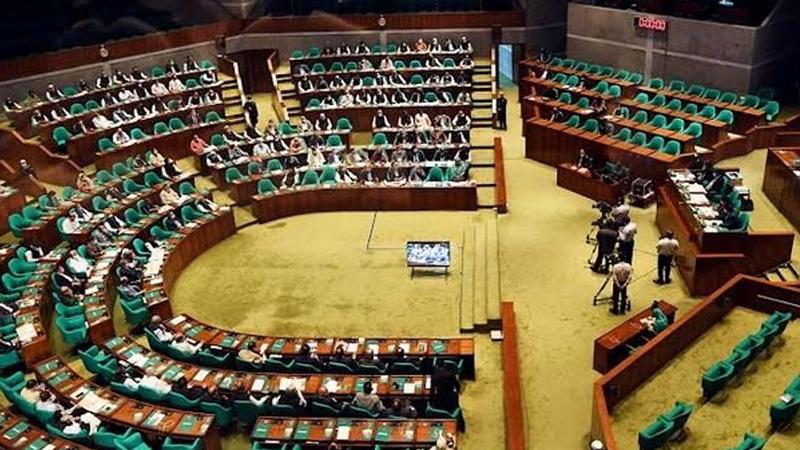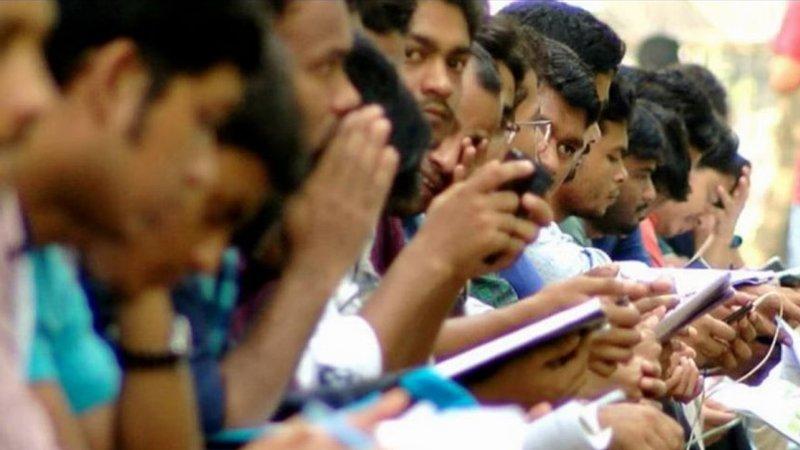Today is Pohela Boishakh

Photo: Collected
Today is Pohela Boishakh. The new Bengali year 1430 will be added to the Bengali calendar. Let the worn-out old things float away, 'Muche jaak Glani', this is how the Bengalis call to the departing sun.
Payala Baisakh encourages us to avoid all narrowness and ugliness and build a liberal life-system. It gives us the inspiration to live with new enthusiasm by removing all the maladies and dilapidations inside our mind. We are Bengalis, a proud nation in the heart of the world, this sense of patriotism and Bengaliness in us is revived and energized on the first Boishakh.
On the other hand Pahela Boishakh is a universal folk festival of Bengali. On this day, the new year is welcomed in a joyful atmosphere. New Year is a symbol of prosperity and new life. New Year is celebrated to forget the sorrow of past mistakes and failures and wish for happiness, peace and prosperity.
The first light of dawn will paint new dreams, hopes and possibilities. There will be various New Year celebrations in the capital and across the country. To celebrate 'Bengali New Year 1430' grandly, the government has taken a comprehensive program at the national level. The day is a public holiday. The Fine Arts Faculty of Dhaka University organized 'Mangal Shobhajatra' and cultural programs. Chhayanat organized a cultural program at Ramana Botomule early in the morning.
The Department of Theater and Performance Studies of Dhaka University will celebrate the day through various programs throughout the day. Other cultural organizations including the Rishi artist group will celebrate Bengali New Year with due dignity. The Bengali New Year ceremony will necessarily begin with the performance of the National Anthem and Eso Hey Boishakh song. The significance of Bangla New Year and the history of Mongol Shobhajatra and its inclusion as a world cultural heritage by UNESCO will be published in various national newspapers on this day under the initiative of the Ministry of Culture and Bangla Academy. Bangladesh Shilpakala Academy organized a day-long programme. Traditional Bengali food and Iftar are organized in all prisons, hospitals and orphanages (orphanages) on Bengali New Year.
Once New Year was celebrated as Artava Utsav or seasonal festival. It was then closely related to agriculture, as agriculture was seasonal. Later, Bengali year calculation was started during Mughal Emperor Akbar's time to facilitate agriculture and tax collection. This new Bengali year was introduced based on Hijri Chandrasana and the Bengali solar year. In the past, the main festival of Bengali New Year was Halkhata. It is purely an economic matter. Businessmen in villages, towns and cities used to complete their old accounts and open new accounts at the beginning of the new year. On this occasion, they would invite new and old customers and distribute sweets and establish new business links with them. This traditional ceremony is celebrated even today.
Bengali Sone, which came into effect in 1556, was initially known as Fosli Sone, later it was known as Bangabda. Although the history of Bengal is connected with the agricultural rural society, the political history is also connected with it. During Pakistan's rule, the anniversary ceremony was closely associated with Bengali nationalism. And at the end of the sixties, it got a special dimension through the organization of Chayanot in Romana Botomule. At the same time, Barshobaran started in a limited form at the civic level in Dhaka. After our great independence, gradually this festival began to influence civic life.
The non-communal and democratic spirit of Bengalis began to manifest itself in the New Year celebrations of Pohela Baisakh. Over time, the Barshabaran ceremony is now not just a festival of joy, but it has become a strong bearer of Bengali culture. Not only that, along with the festival, protests against tyranny and tyranny have also come in the organization of Pohela Boishakh. In 1989, the first Mangal Shobhayatra was organized by the Fine Arts Institute of Dhaka University. On November 30, 2016, UNESCO gave the procession the status of World Cultural Heritage.














